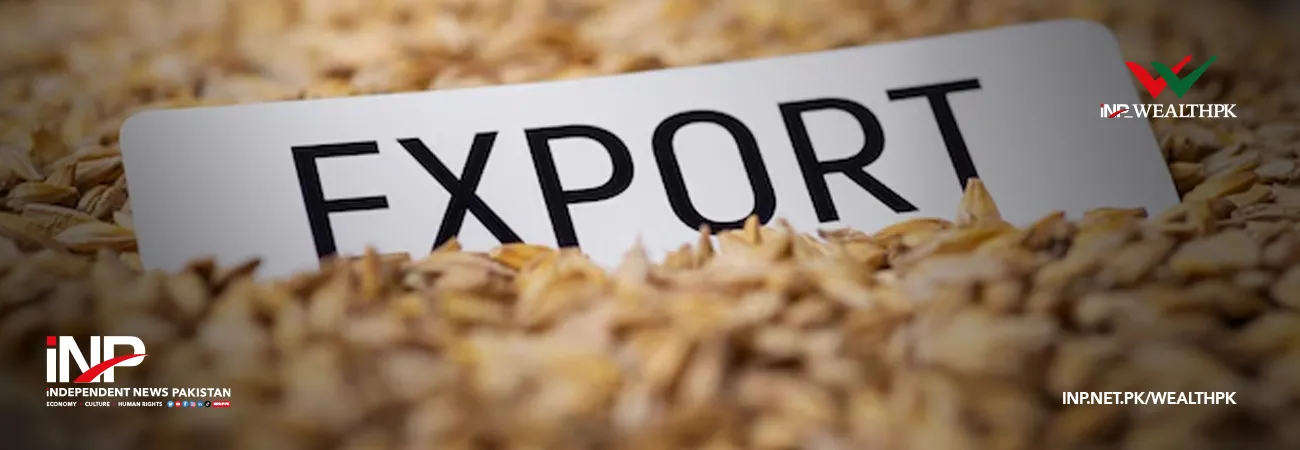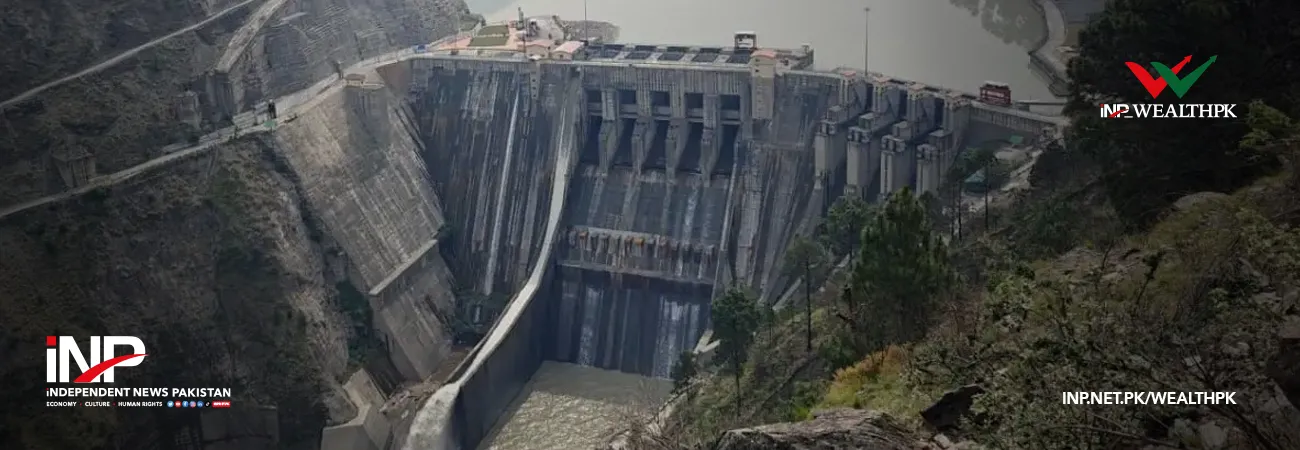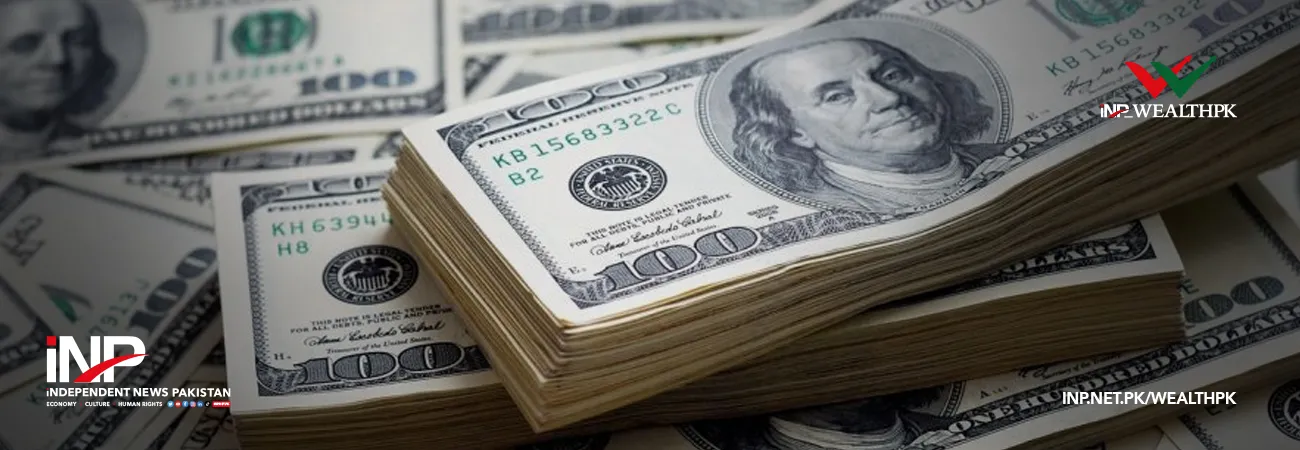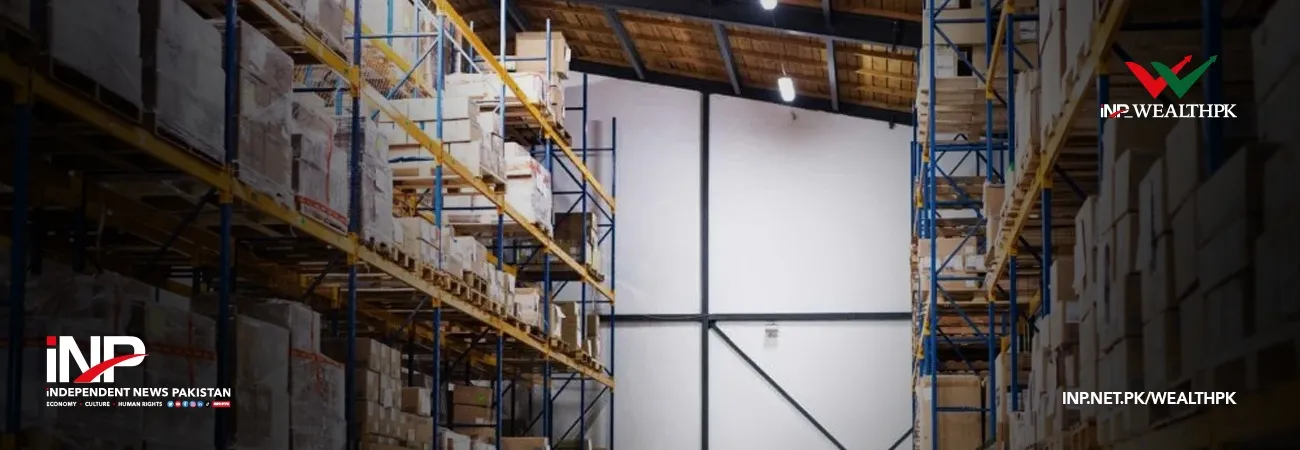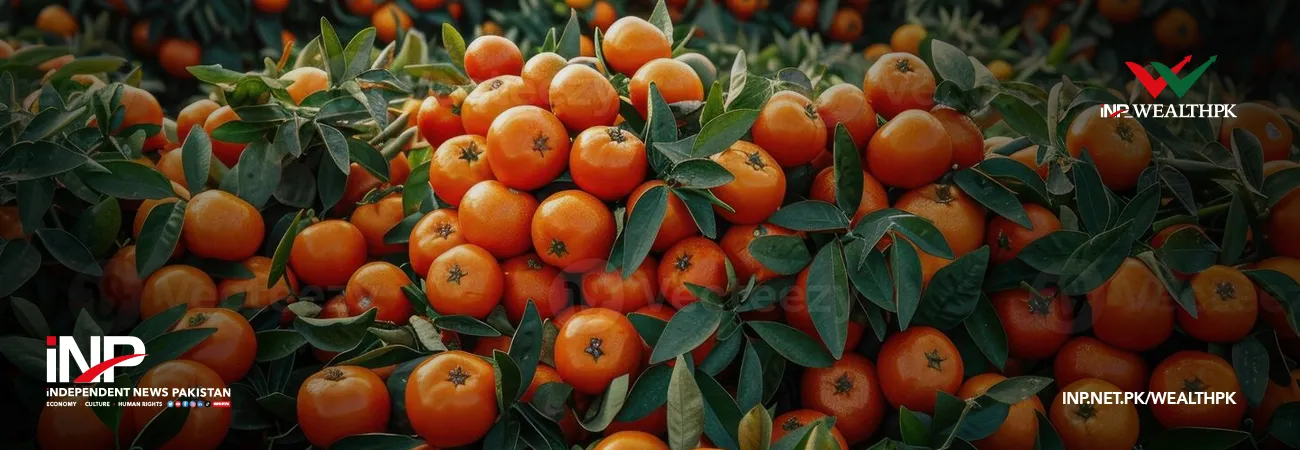INP-WealthPk
By Amir Khan
The World Bank's latest report – Pakistan Development Update: Restoring Fiscal Sustainability – paints a grim picture of the nation's economic health. It said the previous fiscal year ended with mounting pressure on domestic prices, fiscal and external accounts, and exchange rates, leading to a loss of investor confidence. However, the report projects a potential economic recovery in the coming years, with GDP growth expected to reach 1.7% in FY24 and 2.4% in FY25. This recovery is contingent upon a strong implementation of the IMF Stand-By Arrangement (SBA), new external financing, and continued fiscal restraint.
The nation faces a multitude of challenges, including domestic and external shocks such as devastating floods, government restrictions on imports and capital flows, political instability, surging global commodity prices, and tightened global financing. One of the most alarming statistics from the report is the estimation that the poverty headcount in Pakistan reached a staggering 39.4% in FY23. This figure represents a concerning rise, with 12.5 million more Pakistanis falling below the Lower-Middle Income Country poverty threshold of $3.65 per day (2017 PPP per capita) compared to 34.2% in FY22.
Nevertheless, the WB report warns that Pakistan's economy remains vulnerable to domestic and external shocks, and the outlook is troubled with high downside risks. These risks include liquidity challenges for servicing debt payments, ongoing political uncertainty, and external economic shocks. The report emphasised the importance of careful economic management and deep structural reforms for macroeconomic stability and growth. The report showed that "with inflation at record highs, rising electricity prices, severe climate shocks, and insufficient public resources to finance human development investments and climate adaptation, critical reforms are needed to create the fiscal space and public means to invest in inclusive, sustainable and climate-resilient development.”
To pave the way for a medium-term recovery and regain stability, the report suggests a series of reforms, including reducing tax exemptions, broadening the tax base through higher taxes on agriculture, property and retailers, improving the quality of public expenditure by reducing subsidies, enhancing the financial viability of the energy sector, and increasing private participation in state-owned enterprises. Moreover, it is essential to improve the public debt management by enhancing the institutions and systems and creating a local debt market.
Credit: INP-WealthPk




